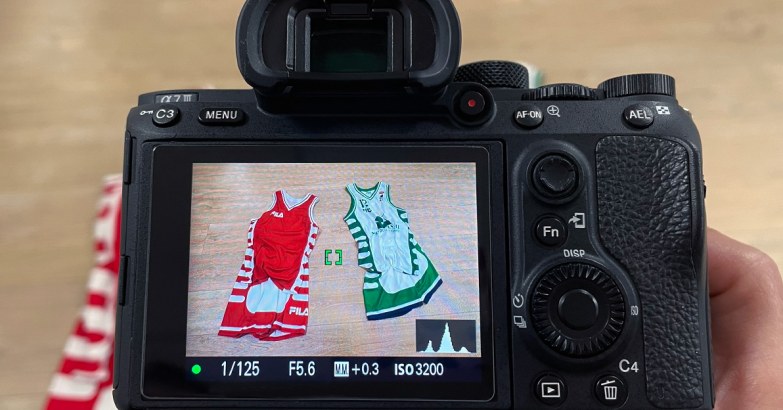BEHIND THE SCENES: INSIDE THE WORLD OF STOP MOTION
FILA clothes are magic. Not only because of their cultural background: in Eppur si muove (‘And Yet It Does Move’), the social event we launched on Facebook, Instagram and YouTube last January, they literally animate themselves, thanks to the stop motion technique. What is it about?
Stop motion animation is a cinematic technique similar to that of cartoons: to create one second of shooting you have to take 24 photographs that, in rapid succession, suggest a continuous movement. A specific peculiarity of stop motion is the animation of objects, puppets, peluches displayed in proper scenographies. According to what is described in the script, animators change pose and positions from time to time, in order to create fluid moving.
Stop motion history takes us back to the origins of the cinematic art: at the beginning of the twentieth century French actor, director and illusionist Georges Méliès (1861-1938) directs Le voyage dans la lune (1902), where an embryonic example of such technique is used to shoot the iconic scene in which the ‘face’ of the moon gets close to the audience. Six years later, in 1908, Fantasmagorie by Emil Cohl (1857-1938), is recognized as the first stop motion movie ever, with hundreds of drawings impressed on film and then shot to tell the audience about the new, unexpected possibilities of cinema.
However, it’s the emerging of animated cinema in the second half of the twenty-first century to give us refined results: the so-called ‘Puppet Animation’, for example, refers to American director Tim Burton, with films such as Nightmare Before Christmas (1993) and The Corpse Bride (2005). ‘Claymation’ is a neologism to indicate animated puppets made of clay such as Wallace and Gromit, the duo invented in 1995 by English director Nick Park: the movie Wallace & Gromit: The Curse of the Were-Rabbit won an Oscar as Best Animated Feature Film.
If you love music videos, in the end, you must absolutely watch gems such as Talking Heads’ Road To Nowhere (1985, directed by David Byrne), The End of the World (2004), performed by The Cure and directed by Floria Sigismondi, and The Hardest Button to Button (2003) by White Stripes, directed by Michel Gondry and celebrated in many different ways (including an unforgettable Simpons episode!).
At Fondazione FILA Museum we pay homage to the stop motion tradition with a social event, Eppur si muove, in which clothes and accessories from different sports and eras animate themselves, and become protagonists of matches, swims and feats that amaze us. Did you miss some episodes? Watch them now on our YouTube channel!
Back to the articles!

